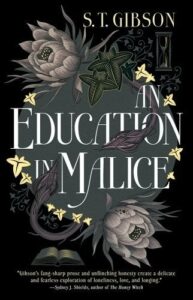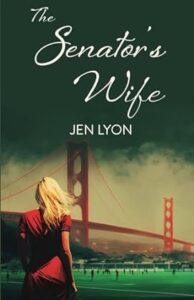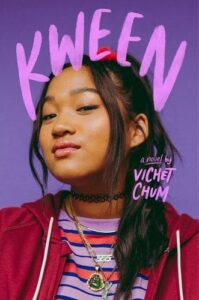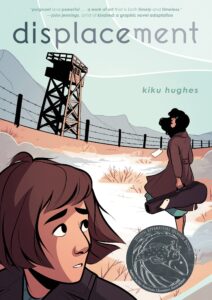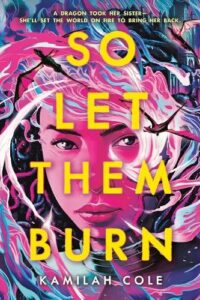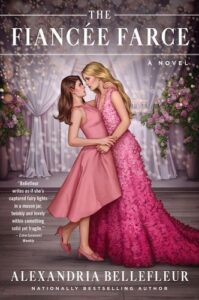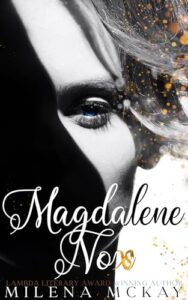Buy this from Bookshop.org to support local bookstores and the Lesbrary!
I feel as though all my adult life I have been wishing for a Carmilla retelling that really illuminates the heart of the original novella—the obsession, intensity, eroticism, and power struggle between Carmilla and Laura that makes the text one of the most lasting examples of nineteenth-century lesbian fiction. I’ve finally—finally!—found it in S.T. Gibson’s An Education in Malice (Redhook 2024).
I loved Gibson’s queer treatment of Dracula’s brides in A Dowry of Blood (2021) and her new novel, marketed as a sapphic adaptation of Carmilla that finds Le Fanu’s characters at a women’s college in the mid-twentieth century, is one of my most anticipated reads of 2024. Indeed, An Education in Malice doesn’t disappoint. Deliciously Gothic and addictive, every corner of this novel was a pleasure to read.
We find Carmilla and Laura at the isolated Saint Perpetua’s College in Massachusetts. Surrounded by the history of the campus and the complex motives of both staff and students, Laura Sheridan is thrown into the thick of college life. Almost immediately she is unwittingly pitted against the captivating and imperious Carmilla, professor De Lafontaine’s star pupil in their poetry class. As Laura is drawn further and further into Carmilla’s orbit, she soon discovers De Lafontaine’s own obsession with Carmilla, and the darkness that cuts through the women’s lives. However, as Laura and Carmilla’s feelings for one another turn into something more, Laura’s own darker desires rise to the surface, and it might just be her own curiosity that leads to her doom—or her destiny.
Not only does this novel do Carmilla (1872) and all of its lush, confusing, glorious Gothic excess justice, but Gibson has also written an entirely new novel of Gothic suspense. This is vampire fiction at its finest, with all the beauty and gore one comes to expect from Gibson’s writing. I couldn’t begin to guess how the story would unfold, and it kept me on the edge of my seat until the very end. One doesn’t have to have read Carmilla to enjoy this novel—not at all. It is entirely its own text. At the same time, Gibson clearly weaves familiar easter eggs into her text for fans of the original.
Everything—from the setting to the rivalry to the world of the vampires—is perfectly crafted to create an atmosphere of temptation and dread. The writing is so poetic I was highlighting on every page. An Education in Malice is exactly the kind of novel I wanted it to be. It’s a perfect winter read for those who are looking for something extra Gothic this February!
Please add An Education in Malice to your TBR on Goodreads and follow S.T. Gibson on Instagram.
Rachel Friars is a Doctoral Candidate in the Department of English at Queen’s University in Ontario, Canada. Her current research centers on neo-Victorianism and lesbian literature and history. Her work has been published with journals such as Studies in the Novel, The Journal of Neo-Victorian Studies, Queer Studies in Media and Popular Culture, and The Palgrave Handbook of neo-Victorianism.
You can find Rachel on X @RachelMFriars or on Goodreads @Rachel Friars.

